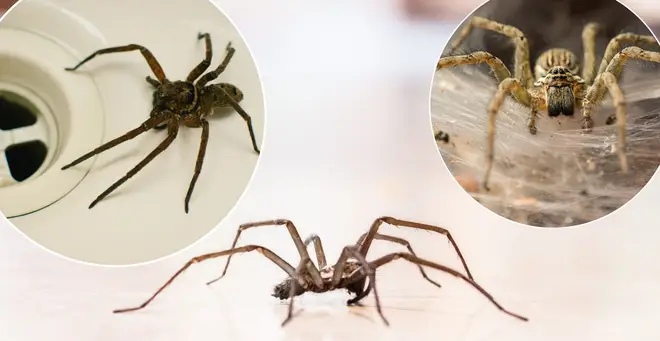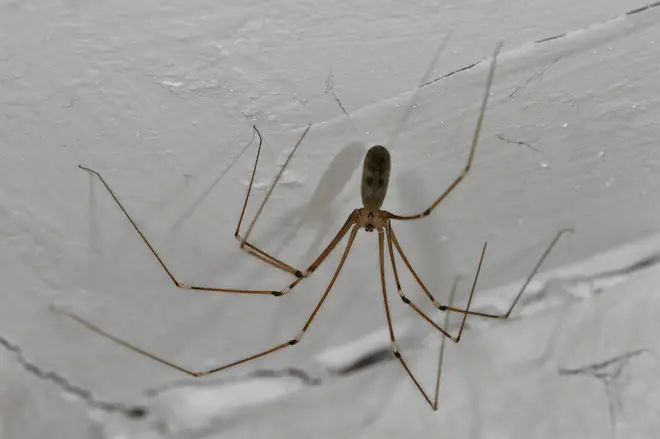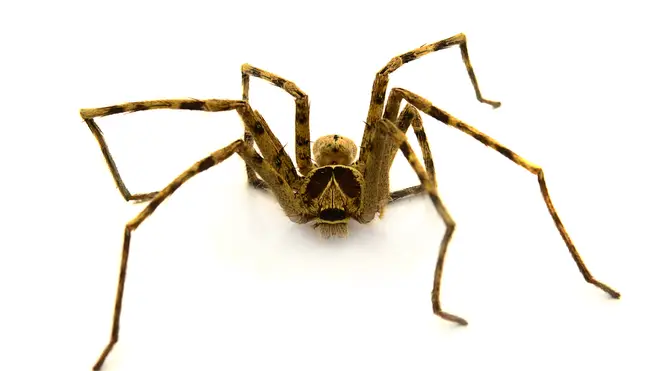The spiders are coming! Here's the arachnids invading your home this month
4 September 2019, 11:49 | Updated: 18 September 2019, 11:27

A definitive list of the spiders you might spot flocking into your house this September.
Spider season is officially here, which means you may have noticed a few more creepy crawlies hiding in the corners of your house.
The eight-legged creatures usually start invading British homes in September while they seek out a dry place to mate.
But the good news is, by the first week in October, you should start to see them less often.
As the nation gets ready to spider-proof their homes, we’ve put together the different types of creatures you might spot in your house.
What types of spiders could you see in your home?
There are more than 650 different species of spiders in the UK, but while all of them are capable of biting, only 12 can actually cause harm to humans.
House spiders

The house spider is actually one of Britain’s biggest spiders and can grow to a whopping 120mm wide.
While the hefty creatures usually live in the garden, as mating season begins they could move inside to find somewhere warmer.
These spiders are the ones you’ll probably see darting across your carpet very quickly or crawling out of the tub.
While house spiders can bite, but aren’t usually dangerous to humans.
Money spiders
Money spiders are the tiny creepy crawlies you might see hanging from the ceiling on a long web.
They are the countries smallest spider and are no longer than 5mm.
Their name derives from an old wives tale which claims that you will come into wealth if you get one stuck in your hair.
During mating season, they tend to flock inside, but they are harmless to humans because they’re so small.
Cellar spiders

Most commonly known as ‘Daddy Long Legs’, they spiders have spindly legs and small bodies and can grow up to 45mm.
They will often be spotted in the corners of your home or hanging by the windows.
While cellar spiders are thought to be able to bite, their venom is reportedly not strong enough to cause any serious harm.
False widow spiders

False widows prefer dry and warm environments which means they flood indoors during the cold weather.
Growing up to 20mm, they are nocturnal so spend most of the day sleeping - but like to hide under furniture and kitchen appliances.
Adult female false widows can bite humans and symptoms usually include numbness and swelling, but this is unusual.
There have been reports of people getting chest pains after being bitten, but there have been no reported deaths from these bites.
Lace web spider

Usually found on outdoor walls and fences, lace web spiders retreat indoors when their homes get ruined by wet weather.
They have short, thick legs and yellow markings on their bodies and can grow to around 20mm, which means people often mistake them for false widows.
While the spiders can bite, symptoms are usually short-lived and not serious.

































